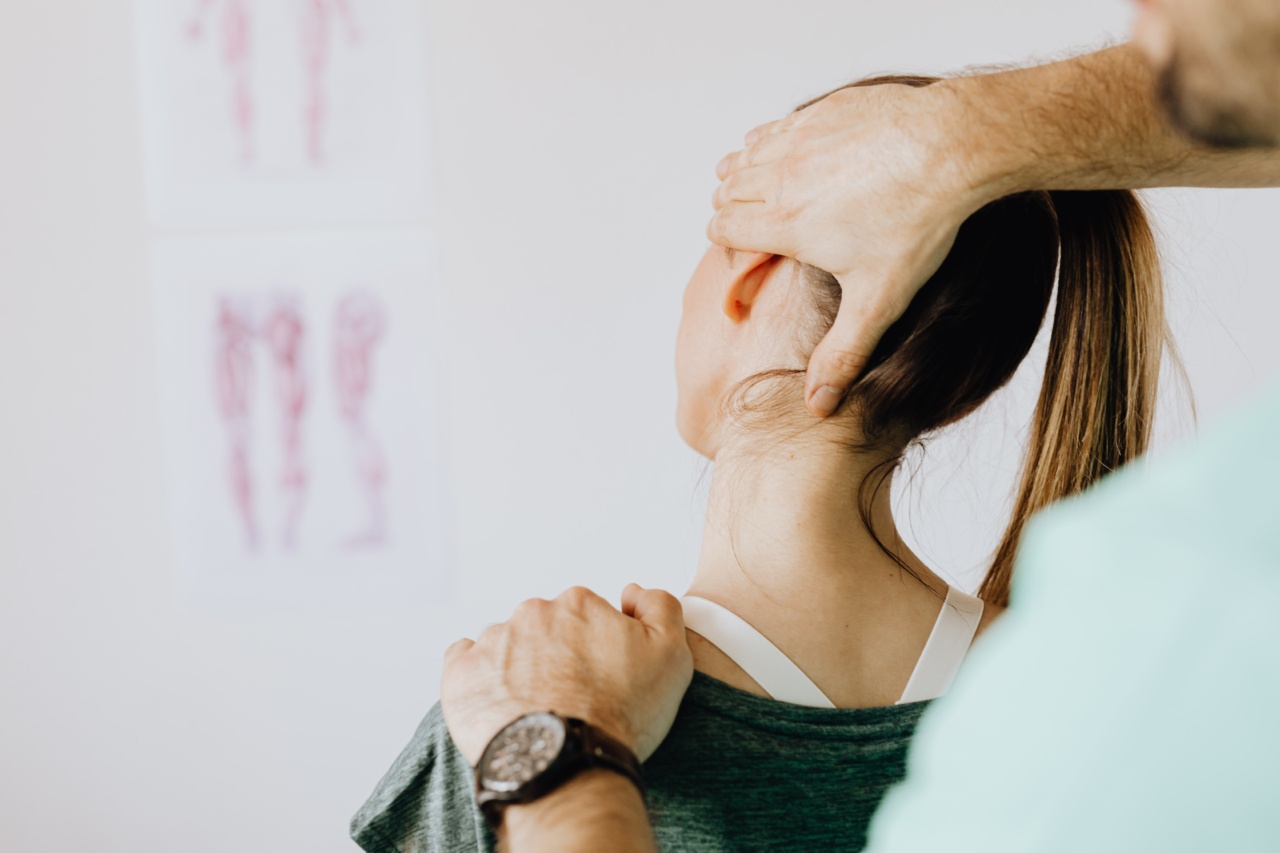Prostate Hyperplasia, also known as Benign Prostatic Hyperplasia (BPH), is a common condition that affects men as they age. This condition occurs when the prostate gland grows larger, thus blocking the flow of urine from the bladder.
This can cause a range of symptoms, including urinary urgency, a weak urine stream, and the need to urinate frequently.
While there are a number of surgical interventions that can help manage BPH, these may not always be an option for all patients. In addition, surgery can be invasive and result in significant pain and discomfort, which may not be desirable for patients.
Fortunately, there are a number of non-invasive approaches that can effectively treat BPH while minimizing discomfort and recovery time. Here are some of the most effective non-invasive approaches for managing BPH:.
Lifestyle changes
In some cases, simple lifestyle changes can help relieve symptoms of BPH. These changes can include reducing alcohol and caffeine intake, exercising regularly, and practicing relaxation techniques like yoga or meditation.
By making these changes, patients may be able to reduce the severity of their symptoms and improve their overall quality of life.
Medications
There are a number of medications that can be used to manage BPH. These include alpha blockers, which help relax the muscles in the prostate and bladder neck, and 5-alpha reductase inhibitors, which shrink the prostate gland.
These medications can effectively reduce the severity of symptoms, but they may take several months to take effect. In addition, they can have side effects, such as decreased libido or dizziness.
Minimally invasive procedures
Minimally invasive procedures can be an effective alternative to surgery for patients with BPH. These procedures can be performed on an outpatient basis, meaning patients can go home the same day.
Some of the most common minimally invasive procedures for managing BPH include:.
Transurethral Microwave Therapy
Transurethral Microwave Therapy (TUMT) is a procedure that uses microwave energy to heat and destroy the excess tissue in the prostate gland.
This procedure can be performed in a doctor’s office under local anesthesia, and usually takes less than one hour. Patients may experience some discomfort after the procedure, but this usually resolves within a few days.
Transurethral Needle Ablation
Transurethral Needle Ablation (TUNA) is a procedure that uses radiofrequency energy to heat and destroy the excess tissue in the prostate gland.
This procedure can also be performed in a doctor’s office under local anesthesia, and usually takes less than one hour. Patients may experience some discomfort after the procedure, but this usually resolves within a few days.
Laser Therapy
Laser Therapy involves using a laser to vaporize the excess tissue in the prostate gland. This procedure can be performed in a doctor’s office under local anesthesia, and usually takes less than one hour.
Patients may experience some discomfort after the procedure, but this usually resolves within a few days.
UroLift
UroLift is a minimally invasive procedure that involves placing small implants into the prostate gland, which help to hold back the excess tissue and reduce the blockage.
This procedure can be performed in a doctor’s office under local anesthesia, and usually takes less than one hour. Patients may experience some discomfort after the procedure, but this usually resolves within a few days.
Conclusion
Prostate Hyperplasia is a common condition that can significantly impact a man’s quality of life. While surgery is a common option for managing this condition, it may not always be appropriate for all patients.
Fortunately, there are a number of non-invasive approaches that can effectively treat BPH, while minimizing discomfort and recovery time. By exploring these options with their doctor, patients can find the best approach for their individual needs.




























